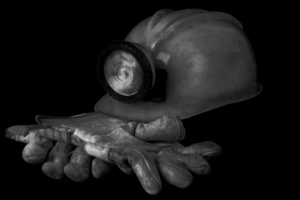 The following was posted on Saturday, Dec. 6:
The following was posted on Saturday, Dec. 6:
One hundred seven years ago today in Monongah, West Virginia, 362 coal miners – many of them teenage boys — went to work and never came home. That morning, an explosion ripped through two connected mines. The earth reportedly shook as far as eight miles away. A thousand people were left without a husband or father.
Not the only threat
To commemorate this tragedy, still America’s worst-ever coal mining disaster, we recognize December 6 as National Miners Day. It is an opportunity to reflect on the contributions to economic growth and progress made by all miners – whether they mine coal, salt, gold, silver, limestone or other minerals. And Miners Day is also a moment to recommit ourselves to the safety of those who make a living doing this tough, backbreaking work. Of course, industrial disasters like the one at Monongah aren’t the only mine safety threat.
The click-click-click of oxygen tanks
Since 1968, a staggering 76,000 miners have lost their lives at least in part to black lung disease. But under the Obama administration, we are taking historic steps toward ending this deadly but preventable disease that continues to afflict miners. In April, I traveled to Morgantown, West Virginia with Assistant Secretary of Labor for Mine Safety and Health Joe Main to announce a final regulation that will limit miners’ exposure to respirable coal dust. We heard heartbreaking stories that day. One miner fought back tears and described how black lung would keep him from teaching his grandson how to play basketball. My abiding memory of that day is the click-click-click sound of the oxygen tanks being worn by former miners in the room.
Already, the coal dust rule is making a difference. Despite skepticism in some quarters, initial results from the first two months under the new rule show that approximately 99 percent of dust samples met compliance levels. There is no reason we can’t have both...Click here to read the rest of the blog post.


